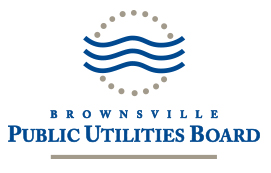Case studies — learn from these mistakes
Take a lesson from these unfortunate, true stories about job site mistakes. Expand the “Don’t do what they did!” boxes to see relevant safety information, so you can prevent similar tragedies.

Underground lines can surprise you
A 20-year-old plumber’s apprentice began to jackhammer some concrete, not knowing that a power line lay just beneath him. The jackhammer bit into the line and thousands of volts of electricity surged through his body. The current exploded out the back of his head and shoulder and through his foot, taking two toes with it and burning away part of both knee joints. He spent several months in the hospital healing from burns and it took him two years to learn to walk again. Despite his injuries, the young man went on to become an Olympic kayaker and competed at the 2000 games in Sydney, Australia, where he was the flag bearer for the U.S. team. (Source: Cliff Meidl)
Notify 811 before you dig or move earth in any way. This free service will arrange for Brownsville Public Utilities Board and other 811 member utilities to locate and mark their underground lines so you can dig a safe distance away from them.
Dial 811 or use the online ticket-entry system, then wait your state’s required time for facility owners to mark their lines before you dig:
- Texas: Wait two full business days, excluding weekends and legal holidays.
Pre-mark your proposed excavation area with white paint, flags, and/or stakes before you contact 811.
Wait for utilities to be marked before digging. Once utilities are marked, respect the marks, hand expose to verify location, and dig with care.
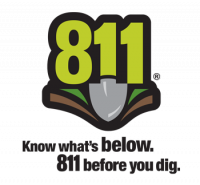 Notify 811 well ahead of digging, so underground utilities can be marked and you can work safely.
Notify 811 well ahead of digging, so underground utilities can be marked and you can work safely.

Shocking fact:
Not all utilities are members of 811. You are responsible for notifying non-member utilities.
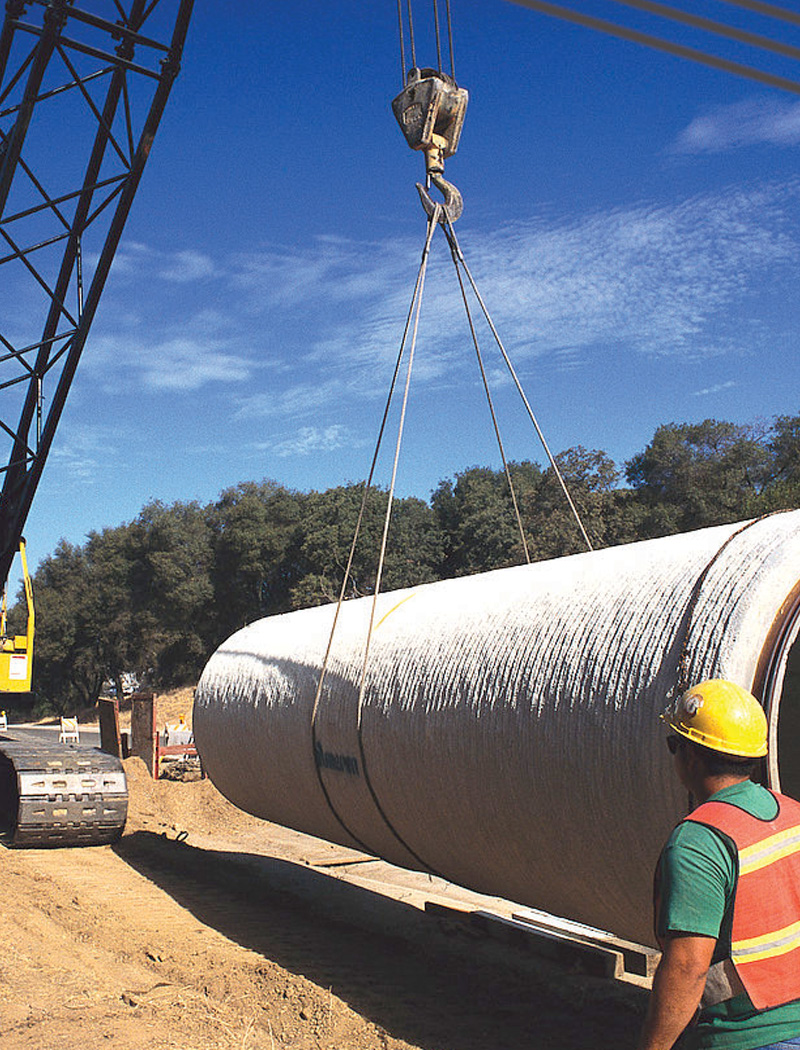
Don’t do double duty as spotter and ground rigger
A crane operator was putting up steel beams for a building annex. His brother-in-law was acting as both spotter and ground rigger, attaching the steel beams to the crane. A high-voltage line ran by the job site. The crane operator reminded his relative to help him keep the crane at least 15 feet* from the line, but something went wrong. The brother-in-law signaled the crane to get too close to the line, and when he grabbed the crane cable to attach a steel beam, he was electrocuted. (Source: Worker Beware video)
*Today, per OSHA regulations, this clearance would be at least 20 feet.
If the crane or other piece of equipment you are guiding hits an overhead power line, electricity can travel down the tag line that you are holding and through you. In the event of power line contact, workers on the ground are in the greatest danger of shock.
Don’t try to guide a load and spot at the same time.
Assign a spotter whose only job is to make sure the equipment stays clear of power lines. Spotting effectively requires a person’s full attention.
When you guide a load, have a spotter who can alert you if equipment gets too close to power lines. Your life could depend on it.
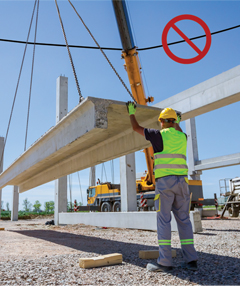
Shocking fact:
A worker was electrocuted while pulling a wire rope attached to a crane cable. The cab of the crane was positioned about 11 feet from a 7.2 kV power line. The crane operator swung the crane boom and cable toward the victim, and the momentum of the swinging crane apparently caused the crane cable to contact the power line.

Watch those irrigation pipes
A 19-year-old apprentice nurseryman was fatally electrocuted while installing a sprinkler irrigation system. He apparently lifted up a long aluminum pipe, and it contacted an overhead power line 28 feet off the ground. The young man received a shock of 22 kV of electricity. He was knocked to the ground and dropped the pipe. He told his coworkers that he was okay, and got up. However, he then staggered for about 25 feet before he collapsed and died. (Source: Victoria Department of Labour, Occupational Health and Safety Division)
Steer clear of power lines:
- Identify power lines in the area and familiarize yourself with their location.
- Store wheeled irrigation equipment at least 100 feet from power lines and keep irrigation pipe at least 10 to 20 feet from power lines that carry up to 50 kV. (Higher voltages require greater distances.)
- When installing aboveground irrigation systems, keep pipes horizontal so you don’t lift them into lines by mistake.
Adjust spray to avoid shock hazards.
Sprinkler streams from an irrigation system should break into droplets as opposed to flowing in a single unbroken stream. An unbroken stream of water that contacts a power line can conduct electricity and cause a dangerous shock.
Keep irrigation pipe at least 20 feet from power lines that carry up to 50 kV. Higher voltages require greater distances.

Shocking fact:
Many farms have no power lines running over their fields, but certainly have them present in equipment and grain storage areas. When transporting irrigation equipment, be sure the paths between the storage areas and the fields are safe routes.

A spotter could have saved them
A truck driver and his employer (the company president) were electrocuted when the boom of a truck-mounted crane contacted a 7.2 kV power line. The driver was operating the crane by a handheld remote-control unit and was unloading a cube of concrete blocks. While the driver, the company president, and a masonry contractor were focused on watching the blocks, the tip of the crane boom contacted the overhead power line and completed a path to ground through the truck, the remote control unit, and the driver. The company president tried to help and apparently contacted the truck, completing a path to ground through his body. He died on the scene. The truck driver later died at the hospital. (Source: National Institute of Occupational Safety and Health)
For equipment operators, visibility is limited.
When you operate hoisting equipment, it is often hard to judge the distance from your equipment to power lines overhead. Certain weather conditions and bright or dim lighting can make it even harder to see.
A spotter helps you stay clear of overhead lines.
Someone on the ground has a much better view of the power lines near you. You should work with a dedicated spotter on the ground whose only job is to watch your equipment and make sure you stay a safe distance from overhead lines and other hazards.
Crane and derrick operators:
Maintain continuous contact with a dedicated spotter to comply with electric line clearance requirements. Make sure your spotter is not doing double duty by spotting and guiding a load at the same time.
A dedicated spotter on the ground should be stationed to watch that your equipment stays away from power lines.

Shocking fact:
Construction workers in Manhattan don’t have to worry about contacting overhead power lines. A court order decades ago required that all power lines must be underground for safety reasons. Since then, many other large downtown areas have followed suit.
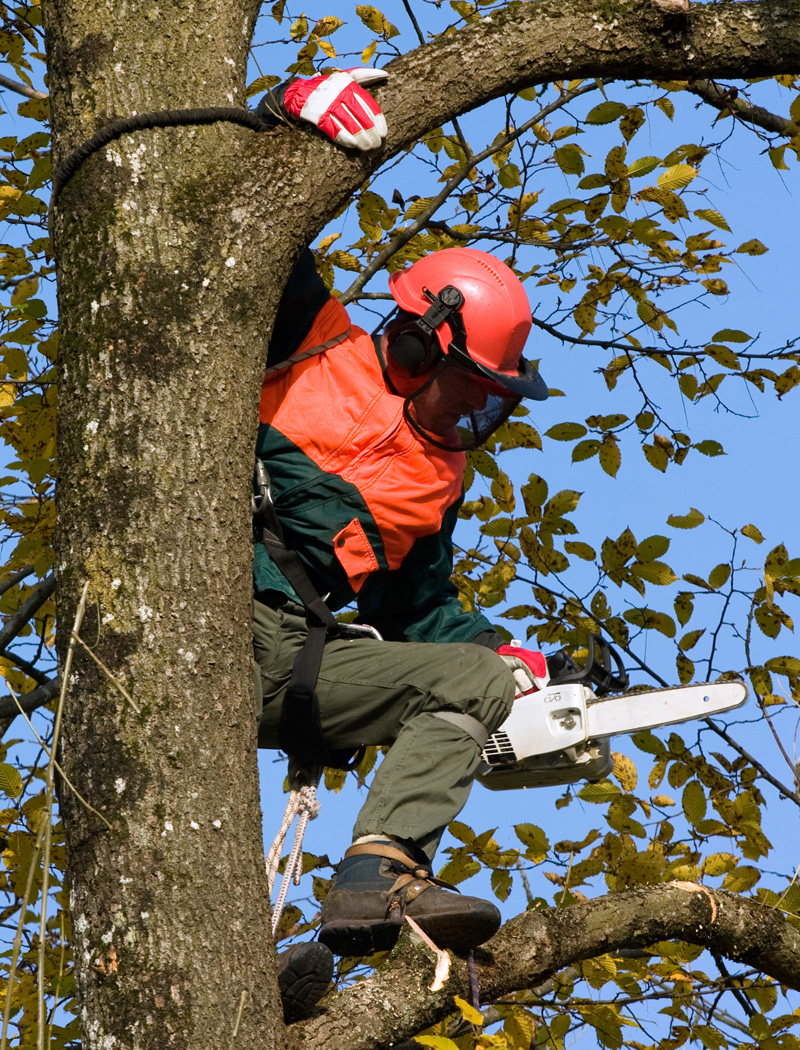
Don’t become a victim by helping
A 46-year-old man was electrocuted on a tree-trimming job. The accident occurred as a hydraulic bucket came into contact with a 7.62 kV line. A worker noticed that a tire on the bucket truck was burning, attempted to move the truck, and was shocked. He was not able to let go of the door handle. The 46-year-old was electrocuted when he tried to free the worker from the door handle. (Source: St. Joseph News-Press)
Stay away.
Stay clear of any person or any object that is in contact with a power line. Call 911 and Brownsville Public Utilities Board at (956) 983-6300. Don’t try to rescue the victim. Stay away until rescue workers assure you the power has been turned off.
Protect yourself.
If you touch someone who is in contact with electricity, you could be shocked, too. You can also be shocked if you touch the equipment or vehicle that person is in, or the tool they are holding. Again, the best thing to do is to stay far away and call for help.
Immediately call 911 and Brownsville Public Utilities Board if someone accidentally contacts a power line. Don’t try to help the victim until you’re sure the power is off.

Shocking fact:
It’s human nature to want to help someone who is being hurt. But when a power line is involved, you can’t help without endangering yourself. Do not try to use nonconductive ropes or tools to push an electrical contact victim clear of a power line—power line voltages can be strong enough to travel through nonconductive objects.
